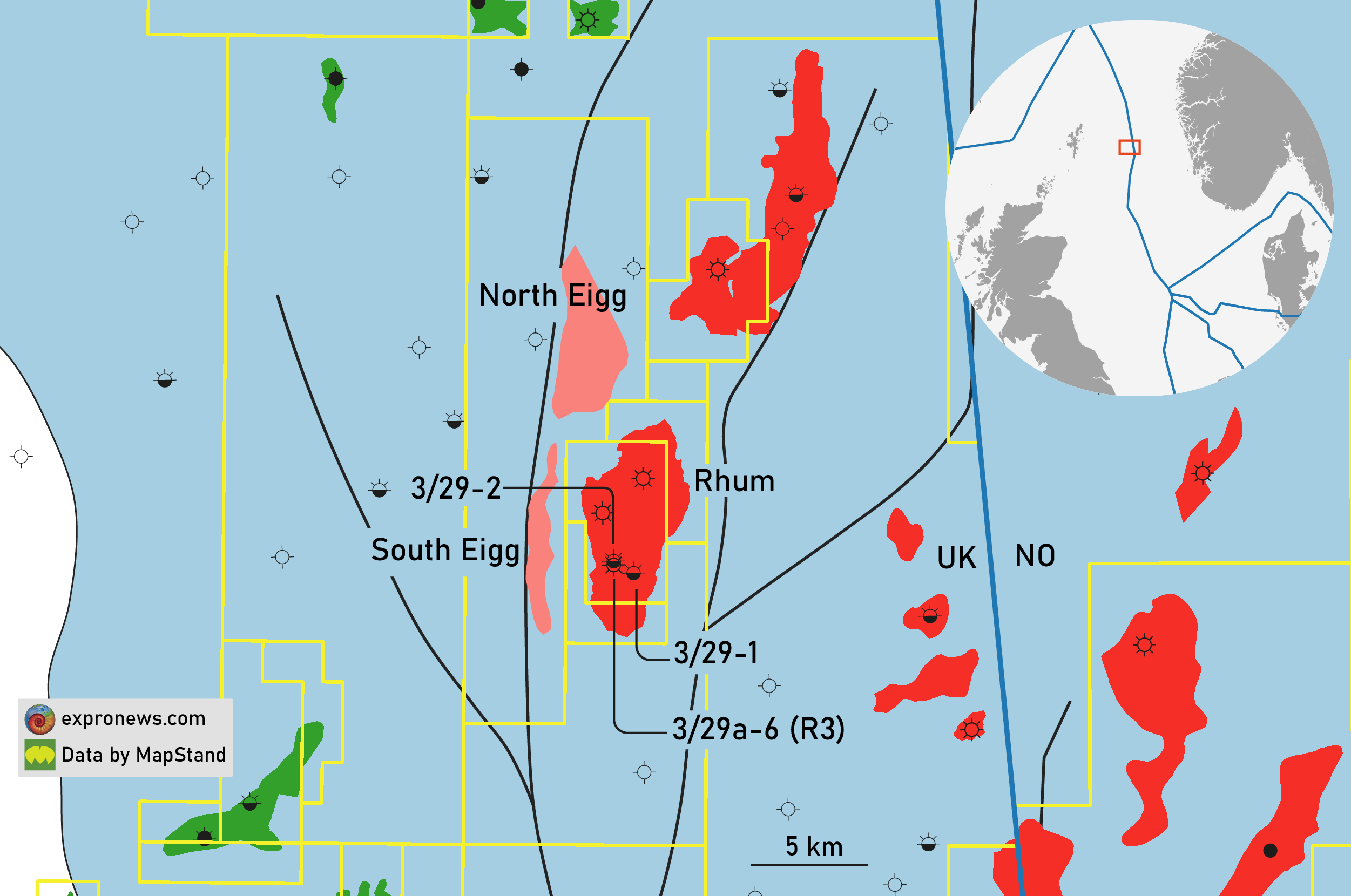The start of production from the Columbus development and an additional well coming on stream at the Rhum gas field have played out well for Serica, a UK North Sea independent upstream oil and gas company.
In a report detailing the 2021 Full Year Results published yesterday, the company reports a gross profit of £386.8 million for 2021 while 2020 still resulted in a loss of £2.9 million.
In addition to maximising production from existing fields, the company also aims to add new reserves to the Bruce-Keith-Rhum cluster through drilling the North Eigg prospect situated just north of the Rhum field.
The Rhum field is an HPHT accumulation (top reservoir at around 4600 m) that was discovered in 1977 by well 3/29a-2. An earlier well (3/29-1), which was drilled in 1973, was abandoned due to high gas pressures. Originally operated by BP and partnered by the National Iranian Company, the field came on stream in December 2005 and has produced 109 MMboe so far, most of it being gas. The field is being produced through a subsea tie-back to the Bruce platform 44 km to the south.
Planned for drilling in Q3 this year, Serica has contracted the Transocean Paul B. Loyd Jr. for executing the HPHT North Eigg well. According to Serica, North Eigg shares many similarities with Rhum, so it is assumed that the reservoir also comprises of Upper Jurassic turbiditic sandstones. The main difference with Rhum is that North Eigg relies on fault sealing against the East Shetland Platform bounding fault, which no doubt carries a risk.

If successful, North Eigg is estimated to contain 60 MMboe of unrisked P50 recoverable resources that can be tied back to the nearby Bruce facility through a subsea development.
In addition to drilling North Eigg, Serica also holds a 20% interest in block 30/12c covering the Skerryvore and Ruvaal prospects in Paleocene sandstones and Upper Cretaceous Chalk. A drilling decision is expected before September 2022 when the licence is et to expire.
HENK KOMBRINK





